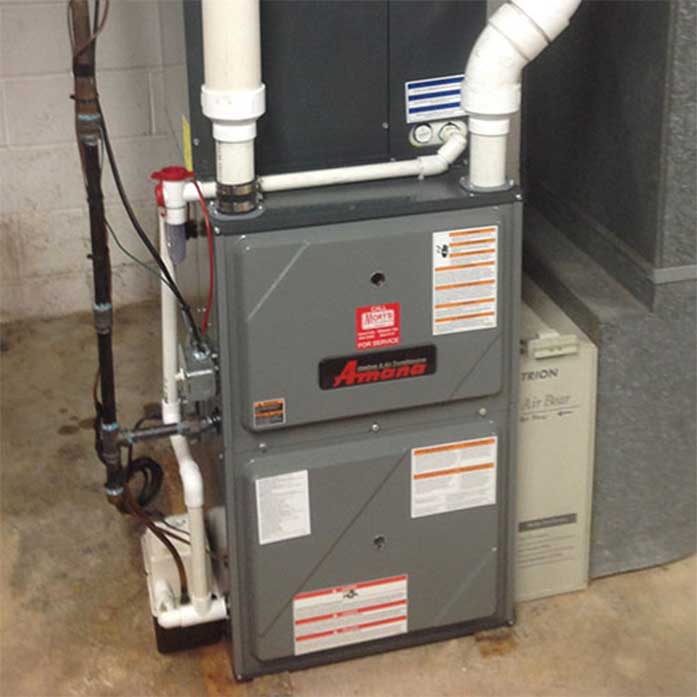The Ultimate Guide to Heating System Installation for a Cozy Home
Heating system installation is a critical element of preserving a comfy home setting, specifically throughout the cooler months. Comprehending the numerous kinds of heaters readily available and the importance of selecting the proper size can considerably influence both efficiency and comfort degrees. Additionally, a complete installment process, enhanced by the right tools and products, ensures optimal efficiency. This guide aims to furnish home owners with the expertise needed to make educated decisions and carry out reliable upkeep techniques. As you think about these factors, the inquiry continues to be: what actions can you require to guarantee your furnace serves you well for many years ahead?
Sorts Of Furnaces

Gas heaters are the most common choice due to their effectiveness and lower functional expenses. They use gas or gas, supplying fast home heating and constant efficiency, making them suitable for chillier climates.
Electric heating systems, while generally less complicated to set up and maintain, often tend to have higher functional costs. They are commonly preferred in areas where gas service is unavailable or for homes with existing electric framework.
Oil furnaces, though much less typical today, continue to be a practical choice in specific regions. They melt home heating oil, which can be helpful during chillier months, but their reliance on oil shipment presents possible obstacles.
Additionally, there are high-efficiency versions available across these types, which can significantly decrease power intake and energy costs - furnace installation. Eventually, understanding these furnace kinds will assist property owners select a system that lines up with their heating needs, budget, and power preferences
Picking the Right Dimension
Selecting the proper size for a heater is essential to making sure optimal efficiency and energy performance. An undersized heater will certainly have a hard time to keep comfortable temperature levels during the cold months, leading to increased deterioration, higher power bills, and potential system failure. Alternatively, an oversized heating system might cycle on and off also frequently, resulting in inefficient home heating and uneven temperature distribution within the home.
To establish the appropriate heating system dimension, a computation referred to as the Guidebook J load computation should be performed. This process reviews different variables, consisting of the square video footage of the home, insulation degrees, window sizes, and regional climate conditions. This thorough analysis guarantees that the heater satisfies the specific heating needs of the space.

Installment Refine Review
In terms of materials, you will certainly require ductwork, insulation, and sealing tape to ensure optimal airflow and energy performance - furnace installation. It is also vital to have a new furnace filter accessible, together with venting products, such as PVC pipe or metal flue, relying on the kind of heater being set up
Safety tools, including handwear covers, safety glasses, and a face mask, is also critical to shield against dirt and debris throughout installation. Having all these devices and materials find here conveniently offered not only simplifies the process yet also boosts the security and performance of the heating system installation.
Upkeep Tips for Longevity
To make sure the longevity of your heating system, it is essential to carry out a normal maintenance timetable that attends to vital elements of the system. Beginning by changing or cleaning the air filter each to 3 months, as a blocked filter can limit air movement and lower effectiveness. Additionally, evaluate and clean the blower assembly to avoid dust build-up that can impede efficiency.
Following, examine the thermostat settings and alter if essential to ensure accurate temperature guideline. Evaluate the ductwork for leaks or blockages, as this can bring about power loss and irregular heating. On a regular basis oil the motor and bearings according to the manufacturer's recommendations to lessen deterioration.
Specialist evaluations need to occur yearly, where a qualified specialist can examine the heating system's general problem, check for gas leaks, and ensure that security attributes are functioning correctly. Consider installing a programmable thermostat to maximize power usage and preserve consistent home temperatures. By taking on these upkeep techniques, you can boost your heating system's effectiveness, extend its lifespan, and inevitably appreciate a relaxing and comfortable home environment.
Verdict
